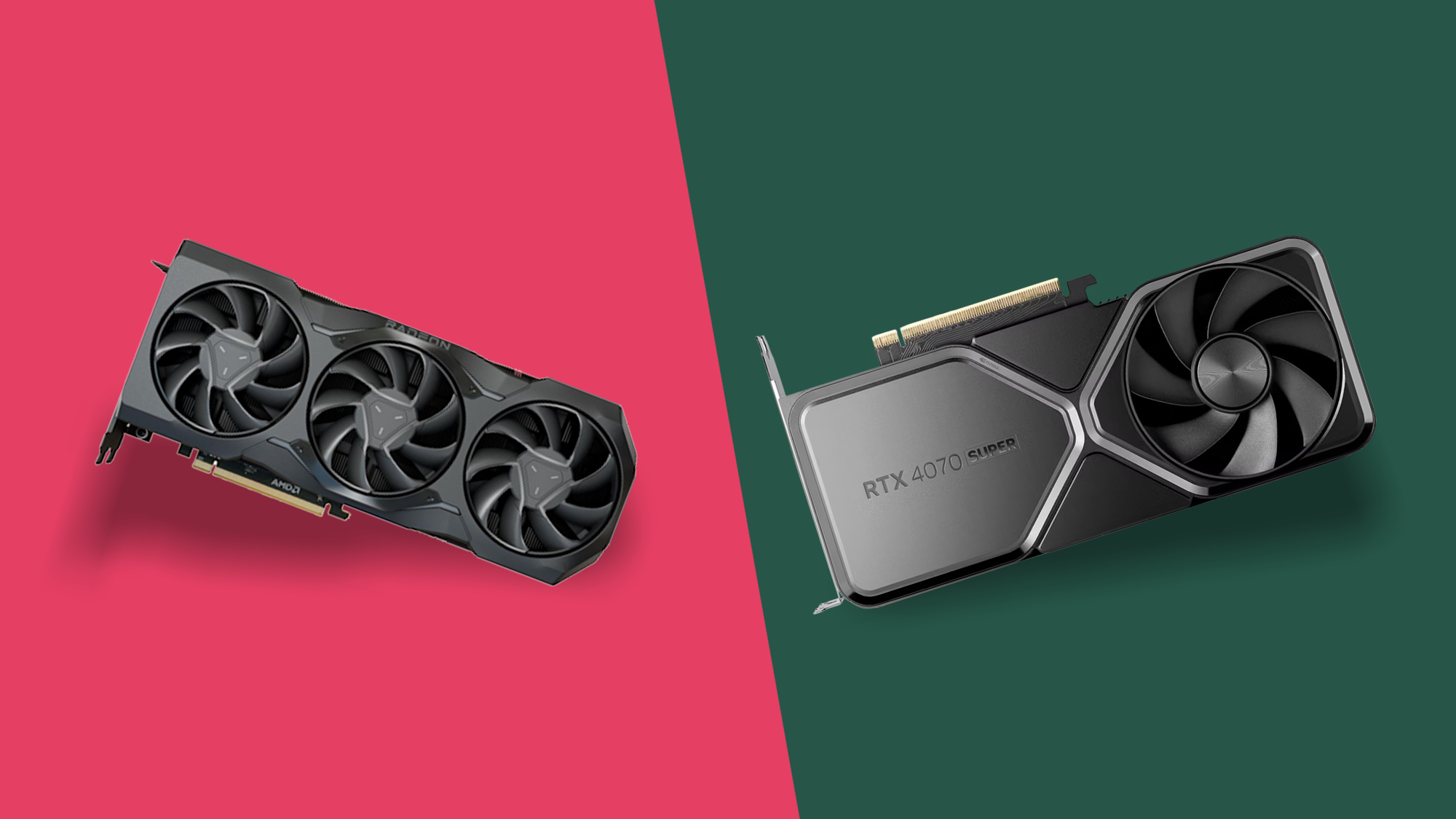
If you’re looking to put a new build together then you’ve picked an incredibly exciting time to consider a new mid-range GPU. This year may be young but we’re already seeing new variants spicing up AMD’s and Nvidia’s respective graphics card generations and we’re comparing the RX 7900 GRE vs RTX 4070 Super to see which one’s worth your money and why.
We’ll be going over the RX 7900 GRE and RTX 4070 Super in detail from their respective price points, design, specifications, and performance so that you can make an informed purchasing decision. After all, even if neither quite rivals the bleeding edge performance of the best graphics cards and best 4K graphics cards, any new GPU is a sizable investment.
While the RX 7900 GRE hit the scene exclusively in China last year, it only just hit Western shores with its worldwide availability on February 27, 2024. By comparison, the RTX 4070 Super wasted no time from reveal to release after being unveiled at CES 2024 at the beginning of the year and then being available less than two weeks later. Let’s find out if it’s true what they say about good things coming to those who wait.
RX 7900 GRE vs RTX 4070 Super: Price
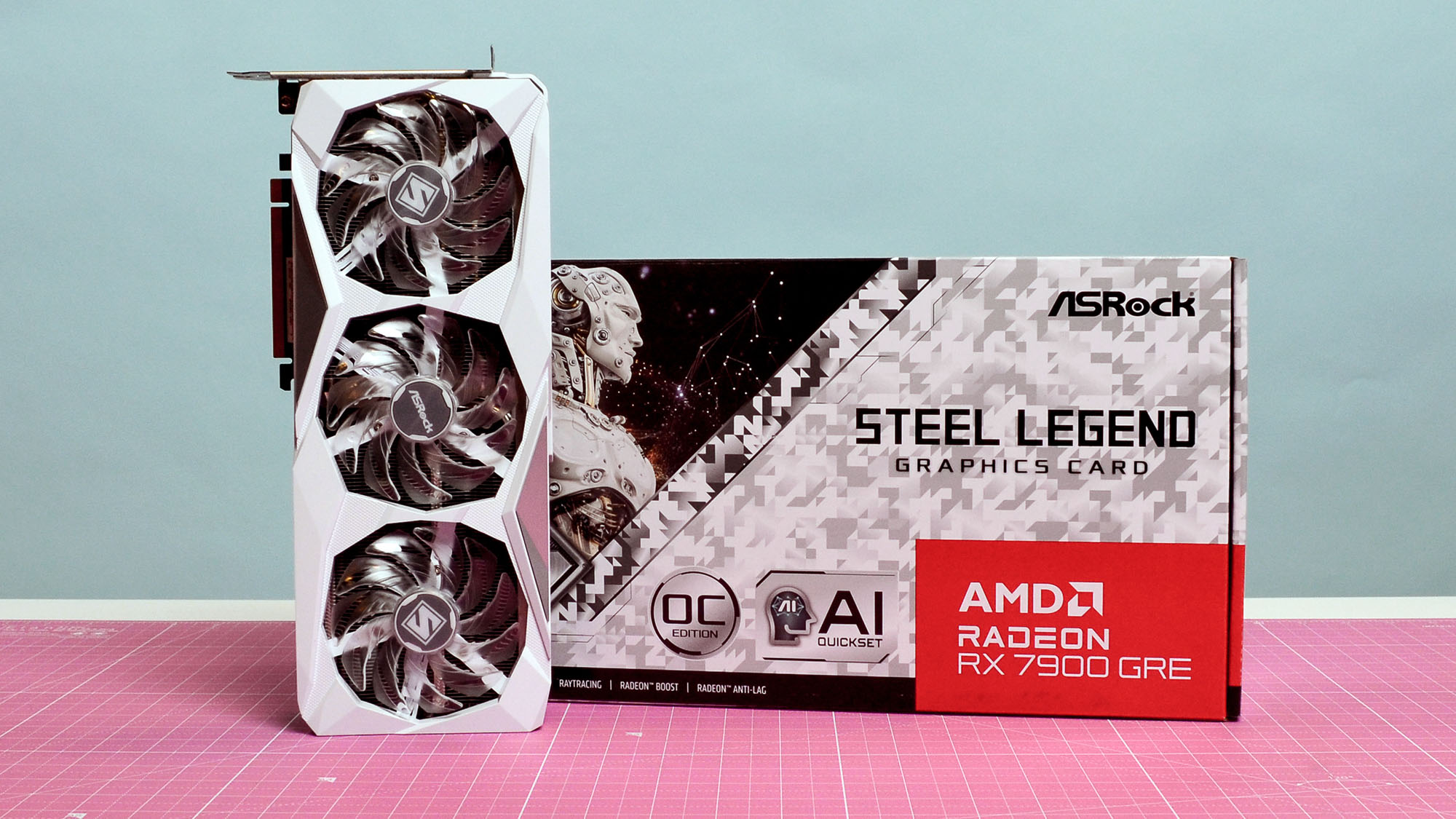
The sticker price is always going to carry a huge amount of weight when considering a new GPU and it’s no different with the RTX 7900 GRE and the RTX 4070 Super.
Starting with AMD’s latest to go worldwide, the smallest of the Navi 31 lineup is available now for $549 / £529.99 / AU$929. By comparison, Nvidia’s RTX 4070 Super can be found for $599 / £589.99 / AU$999. That positions the RDNA 3 card as the cheaper of the two by a full $50 which could make all the difference.
Where the RTX 4070 Super wins some favor is the fact that it’s priced identically to the RTX 4070 launch price from late 2022, but with a fair bit more under the hood. Namely, a full 20% more CUDA cores making it the definitive choice out of the two Lovelace mid-range models. Then we get onto the RX 7900 GRE’s place in the market which is arguably more exciting.
That’s because the RX 7900 GRE was originally sold exclusively in China and offered as a cheaper alternative to the RX 7900 XT. Now, however, it’s available globally, and with a price that’s just $50 more than the RX 7800 XT. We’ve considered this card to be the “best midrange on the market” but the addition of a new contender could sway the scales. If you want the cheaper of the two cards then the GRE takes the win here.
- Winner: AMD Radeon RX 7900 GRE
RX 7900 GRE vs RTX 4070 Super: Specs
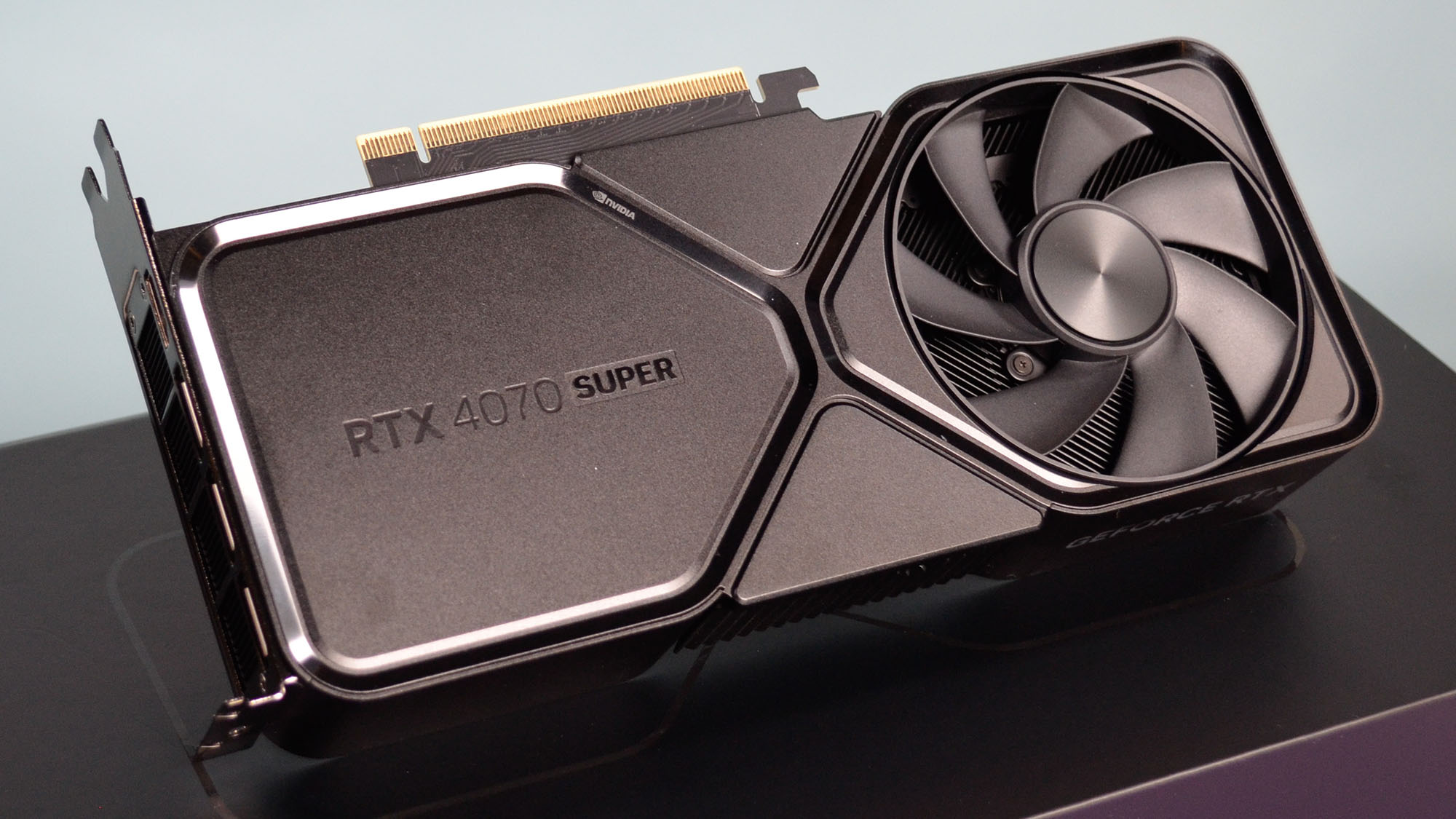
It’s not only a naming convention that the RX 7900 GRE shares with the rest of the RDNA 3 flagships, but it’s also the silicon. That’s because the Golden Rabbit Edition is essentially a cutdown version of the RX 7900 XT forged on the same Navi 31 die. It features a total of 5,120 Stream Processors and 16GB GDDR6 memory on a 256-bit memory bus. It also rocks a total of 320 Texture Mapping Units and 160 Render Output Units.
In comparison, the RTX 4070 Super features a total of 7,168 CUDA cores and 12GB GDDR6X memory on a 192-bit memory bus and is built upon the AD104 die. It has a total of 224 Texture Mapping Units with 80 Render Output Units. The two GPUs go blow for blow in quite a few respects, with the former having a larger memory pool and bus, and the latter utilizing considerably faster memory in a more efficient package.
Speaking of efficiency, the advancements made in Nvidia's Lovelace architecture mean the RTX 4070 Super has a lower power draw with its 220W TDP. The GRE, in contrast, is rocking a 260W TDP, with as much as 300W power draw under load.
This contributes to a similar lead in the AMD’s card’s favor in terms of its total bandwidth of 576 GB/sec against the Nvidia GPU’s 504.2 GB/sec. That’s a difference of 14.2% leading with AMD’s latest model. If you’re looking for fuss-free installation then the GRE, as with other RDNA 3 cards, may win out here with its reliance on dual 8-pin PCIe connectors without the need for a 16-pin adapter. Both cards are dual-slot, though, so either should fit inside even a conservatively spaced mini-ITX build, too
- Winner: Tie
RX 7900 GRE vs RTX 4070 Super: Performance
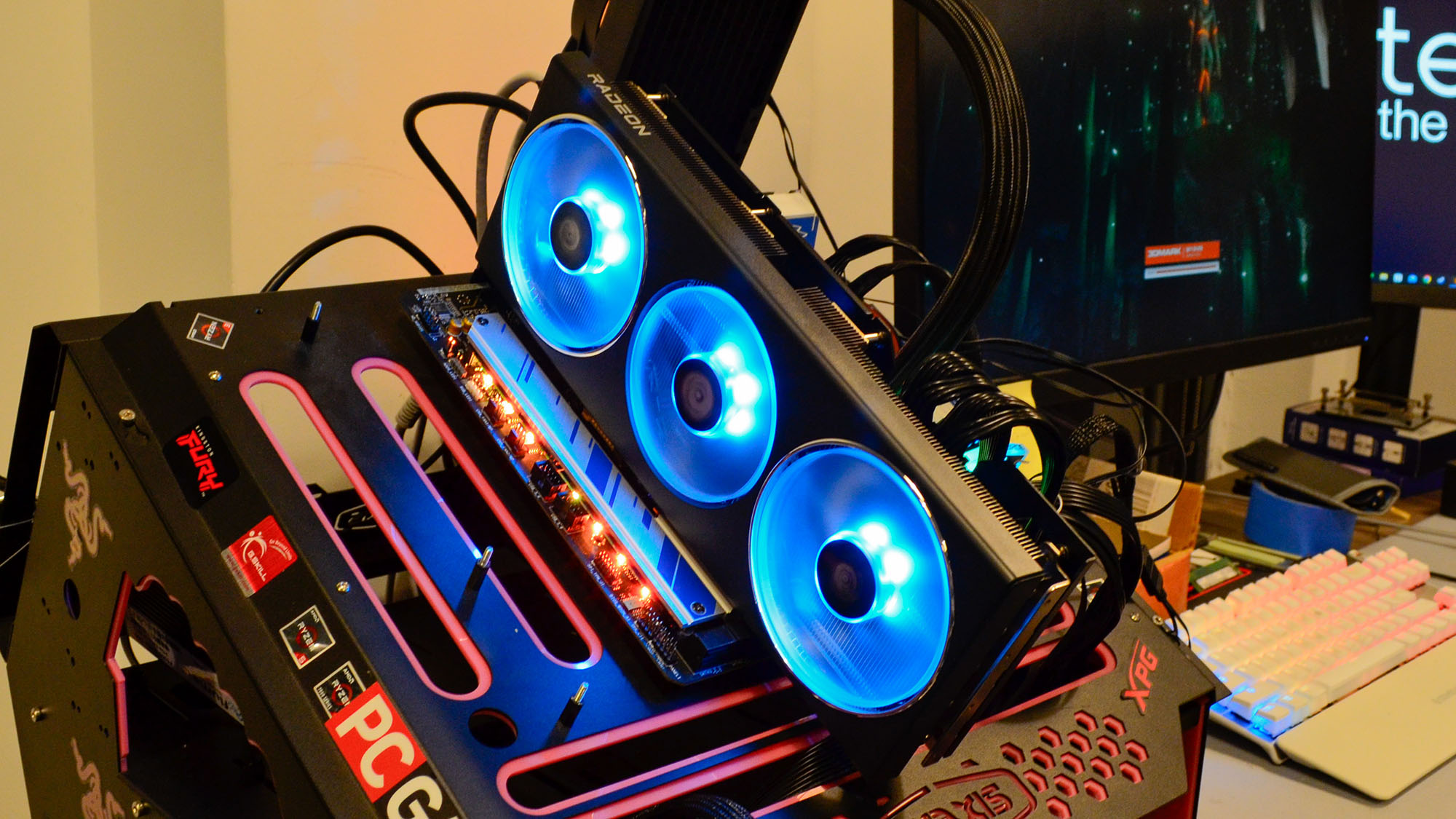
Whether to get the RX 7900 GRE or RTX 4070 Super is ultimately going to come down to performance for most people, as the price difference between the two, while important, isn't so far apart that you'd accept lower performance to get a better value. As it turns out, for most people, the cheaper card is going to give you a lot more than you'd think.
Starting with synthetic benchmarks, in 3DMark’s Sky Diver and Fire Strike Extreme, the AMD RX 7900 GRE scored 169,170 and 27,595 respectively, to the RTX 4070 Super's 137,070 and 24,101. Port Royal, which focuses on ray tracing, continues the trend, too, with scores in favor of AMD’s card at 11,768 in contrast to Nvidia’s 10,415. A larger memory bus and a bigger memory pool have clearly come in handy here.
Almost across the entire suite of synthetic tests, the RX 7900 GRE outperformed Nvidia's premiere midrange offering, though it's worth noting that the RTX 4070 Super does manage to considerably outperform the newest AMD offering when it comes to raw compute performance, so machine learning pros and data scientists will want to stick with the Nvidia card for their work.
You would be forgiven for thinking that the RX 7900 GRE would have the lead in creativity tasks but it’s actually the opposite, and by quite a staggering amount. Nvidia’s RTX 4070 Super leads in Blender 4.0, PugetBench for Adobe Premiere, and Handbrake 1.6 considerably.
Looking at the scores for the Blender 4.0 Monster, Junkshop, and Classroom benchmarks with Team Green's RTX 4070 Super yielding 3,181, 1,480, and 1,558 which Team Red just can’t match. The 7900 GRE produced scores of 1,252, 623, and 618. While far from bad, they aren’t even close to competing in this department.
As far as video editing and encoding, the RTX 4070 Super also takes the lead with a 13,298 score in PugetBench for Creators 1.0 Adobe Premiere benchmark, as well as encoding 4K video to 1080p at a rate of 180 frames processed per second. The RX 7900 GRE, meanwhile, scores 11,200 in PugetBench's Adobe Premiere benchmark, and encodes 4K to 1080p video at 173 FPS.
The RX 7900 GRE doesn't get entirely shut out, however, as it does edge out a win in PugetBench For Creators 1.0 Adobe Photoshop benchmark, scoring a 10,650 to the RTX 4070 Super's 10,200.
Both the RX 7900 GRE and RTX 4070 Super are among the best 1440p graphics cards on the market, so understandably, they are very capable when gaming at 1080p, but the RX 7900 GRE definitely has a fairly decisive advantage here overall.
The RX 7900 GRE outperforms the RTX 4070 Super across just about all games and settings, with a number of ties thrown in. Only in Cyberpunk 2077 with Psycho ray tracing and no upscaling, and in Returnal with epic ray tracing and balanced upscaling does the RTX 4070 Super come out ahead of the 7900 GRE, but it doesn't do so by much.
In the latter case as well, the RX 7900 GRE has a higher minimum FPS of 72, compared to the RTX 4070 Super's 42, meaning that while the RTX 4070 Super will get faster performance on the high end, the RX 7900 GRE will have a more stable frame rate.
The RX 7900 GRE may feature a cut-down Navi 31 die but the performance is still strong at 1440p. Starting with Metro: Exodus and Cyberpunk 2077, the card achieved averages of 60 FPS and 102 FPS with both titles maxed out. Similar can be said of the card in Returnal at Epic settings with averages of 121 FPS with Tiny Tina’s Wonderland achieving an average of 116 FPS with Badass graphics settings.
Nvidia’s RTX 4070 Super holds its own but doesn’t quite reach the same heights as the GRE. Starting with Metro: Exodus’ Extreme preset in 1440p, the card achieved 54 FPS, falling just short of the desired 60 FPS. It’s a similar story with Cyberpunk 2077 on Ultra settings yielding 76 FPS. Returnal at Epic settings closes the gap a little more with an average of 106 FPS, and Tiny Tina’s Wonderland is even closer still at 111 FPS average.
Gaming at 4K is where the momentum for the RX 7900 GRE starts to slow down, however, as the higher resource demand yields a significant performance decrease after doubling the native target resolution.
This is apparent with Metro: Exodus, where AMD's latest scored an average 35 FPS and an average of 43 FPS in Cyberpunk 2077, a far cry from the higher frames of QHD. This is consistent with Returnal at 68 FPS and Tiny Tina’s Wonderland at 60 FPS. All playable framerates, but not quite where this card soars.
As with the RX 7900 GRE, the RTX 4070 isn’t built with 4K gaming at the forefront. This can be evidenced in Metro: Exodus' Extreme preset, where the RTX 4070 Super gets just 34 FPS on average and in Cyberpunk 2077, where it averages 35 FPS. Returnal is again stronger with an average of 65 FPS, just three frames off AMD’s offering, and Tiny Tina’s Wonderland is closer still with 108 FPS, behind the GRE by just three frames as well.
There’s very little that separates either card in 4K, but 2160p isn’t their strong suit. While 4K@60 is achievable, it’s a little more hit-and-miss, and you may be better served by enabling DLSS 3 and FSR 3 where possible for a much-needed boost.
Finally, the RTX 4070 Super Founders Edition does tend to run hotter than the PowerColor RX 7900 GRE that we tested, but it does so with a much lower power draw than the RX 7900, and the temperature isn't out of line with what we see in many other cards.
But other than creative performance, drawn heavily from the RTX 4070 Super's superior 3D modeling capabilities, the RX 7900 GRE generally outperforms the RTX 4070 Super by a healthy margin, especially when gaming.
- Winner: AMD Radeon RX 7900 GRE
Which one should you buy?
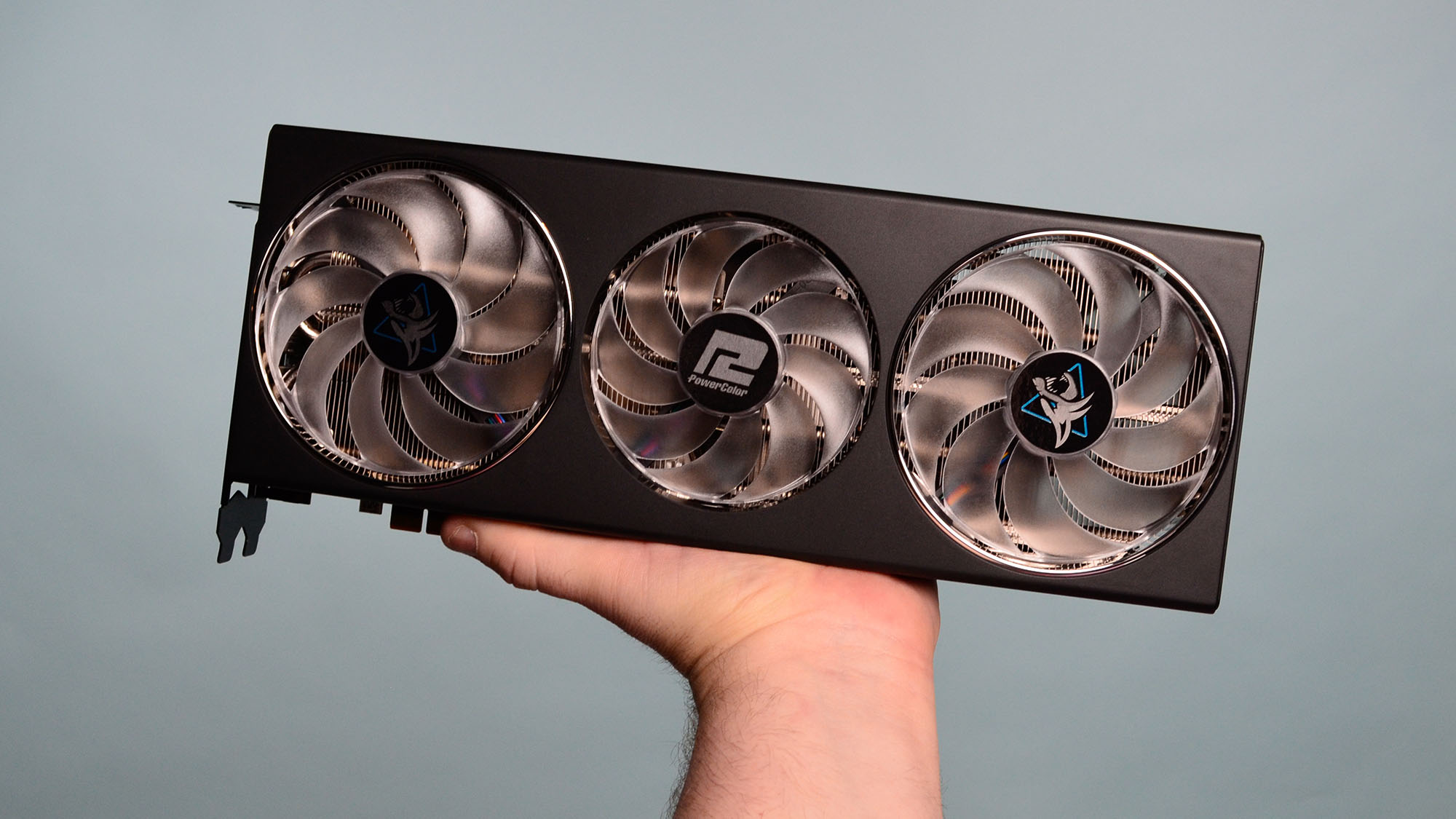
The short and simple answer is that the RX 7900 GRE is the better graphics card for gaming, albeit not by much, but whose lead is encouraging given its cheaper price point. AMD’s latest features 4GB more VRAM and a larger memory bus which many modern games are now utilizing in 1440p and 4K. It may not be a massive lead but it’s consistent enough to outpace its competition.
With that said, if you’re someone who wants a jack-of-all-trades card then you can’t argue with the productivity rendering and encoding of the RTX 4070 Super. It may not quite lead in terms of gaming performance, but it will be far stronger for anything else you need a GPU for. Whether that’s worth the extra $50 will ultimately be up to your use case. Either way, both are excellent mid-range GPUs in 2024.







